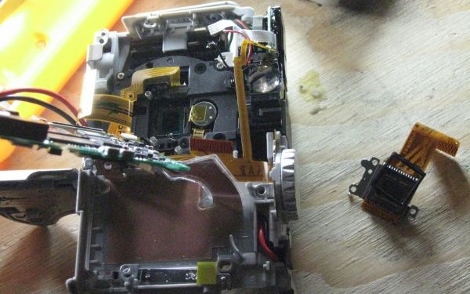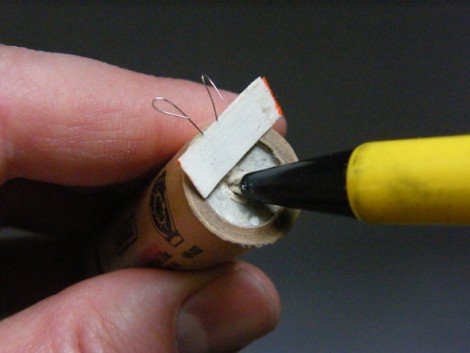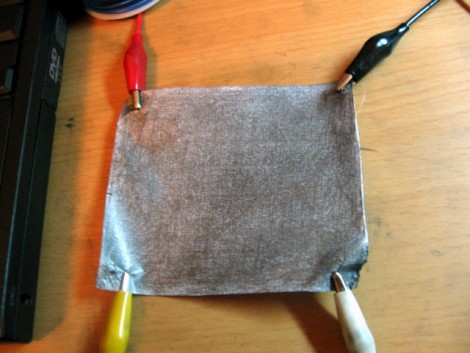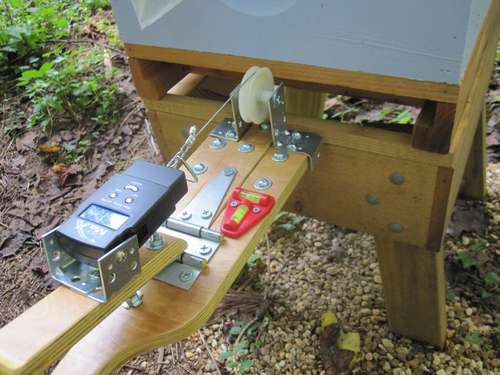
[Daniel Reetz] has caught the Kinect hacking fever. But he needs one important tool for his work; a camera that can see infrared light. This shouldn’t be hard to accomplish, as the sensors in digital cameras are more than capable of this task, but it requires the removal of an infrared filter. In [Daniel’s] case he disassembled a Canon Powershot to get at that filter. There’s a lot packed into those point-and-shoot camera bodies and his teardown images tell that tale. He also ended up with extra parts after putting it back together but that didn’t seem to do any harm.
After the break you can see video that shows the Kinect’s speckled IR grid, which is why he needed IR sensing in the first place. But there’s also some interesting photos at the bottom of his post showing the effect achieved in outdoor photography by removing the filter.
The flash never made it back in the camera. That’d be a perfect place for an IR light source. You’d end up with a night-vision camera that way.
Continue reading “Make A Point-and-shoot See Infrared Light”
















